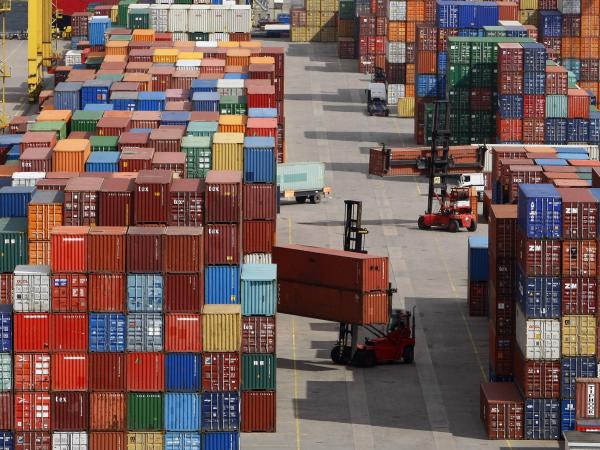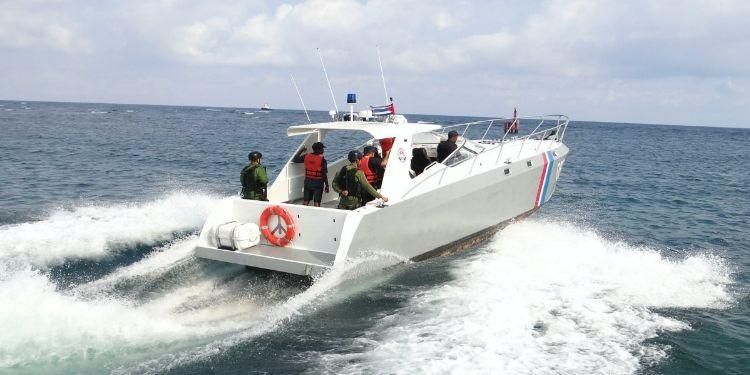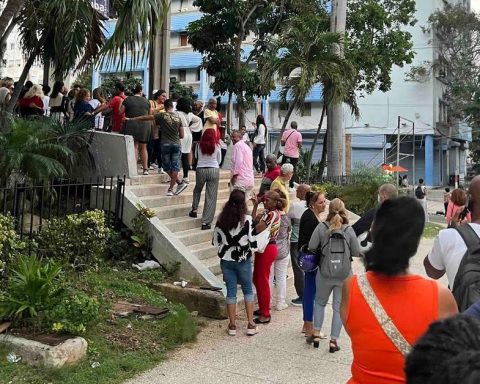The maritime logistics industry has gone through different challenges since the arrival of the pandemic: containers stored in port terminals without being returned to their destination, freight with excessive costs or even an over-demand situation.
(See: Is the end of the container crisis coming? This is the landscape).
This situation has been carried on the shoulders of the different port terminals, which have had to adapt and find solutions with other actors, such as shipping lines, to find a middle ground that does not affect the sector.
In 2020, the industry was clouded with exorbitant freight prices. Even experts assure that they grew up to 14 times their value compared to 2019.
This is stated by Liborio Cuéllar, president of the Buenaventura Port Society, who assures that this situation was a critical point in the industry, especially in what he calls ‘The door of China’.
“Normal freight from Shanghai to Buenaventura was around US$1,500 to US$2,000 and reached US$18,000 or more. Today the price is around US$8,000 and US$10,000, which is the level of freight with which we will have to learn to liveCuellar said.
And although the increase that occurred in the pandemic has slowly stabilized, the figures continue to be high. Regarding this dynamic, experts assure that it is due to three reasons: the war in Ukraine and Russia, the dispute over containers in 2020 and the lack of ships.
(See: The economic limits that prevent megaships from increasing in size).
On the first, Javier Díaz, president of the National Association of Foreign Trade (Analdex), ensures that this dispute over territories is touching the industry. “More than covid-19, this invasion is affecting ports and generating an energy crisis that affects Europe and other parts of the world.”, Diaz said about it.
Regarding the container war, in 2020, there was a container shortage, which leveraged the market need and requests. Then the demand slowed down and now they are in excess.
Faced with this fluctuating dynamic, Miguel Espinosa, executive president of the Colombian Federation of Logistics Agents in International Trade (Fitac), attributed the high prices and the fact that they have not completely stabilized after two years of the pandemic to the slowdown in global supply chains. value, which caused Shipping companies will charge high fees for delays in returning containers.
“With the reactivation of consumption, the containers were not positioned in the port terminals, but in other districts within the countries, which led to insufficient inventory to continue with the mobilization of merchandise; for this reason the price of freight increasedSpinoza added.
(See: The impact of the container crisis could go until 2023).
In addition, the expert assured that the closure of ports is also added to this situation since, by not being able to operate normally, their operation became inefficient, “so much so, that the ships had to wait longer than necessary to be able to disembark. ”, pointed out the expert.
These factors are the reasons why costs increased for shipping companies, values that were transferred in the increase in freight rates and in turn in products in general. For example, according to figures from Analdex, between February 2022 and May 2022dry bulk ocean freight rates increased by 59% globally, which would generate in the transfer an additional increase of 3.7% in the prices of food to the consumer.
“Nearly half of the increase is caused by higher transportation costs as a result of higher freight rates and longer distances in supply channels.”, indicates the association.
However, in third place is the urgency of increasing the maritime cargo fleet in the world. On this, Cuéllar is emphatic that the industry needs to have more ships, which is already being worked on.
“Following many years of losing money in the industry and a lack of investment, the shipping lines made the decision not to invest in ships. Post-pandemic there is a greater need, the problem is that they were barely commissioned and it will take two to three years to have them and when they are, we will be able to stabilize the demand for space and prices in 2024“, he pointed.
Despite this, experts agree that logistics and customs activities are currently proceeding without major setbacks and, although there is a long way to go, the right decisions are being made.
(See: Global container crisis hits even smuggling).
Among the projections of foreign trade, Analdex expects that in the region they will reach a variation of 23% in imports and exports in a scenario of higher prices and less mobilization.
PAULA GALEANO BALAGUERA
Journalist Portfolio

















